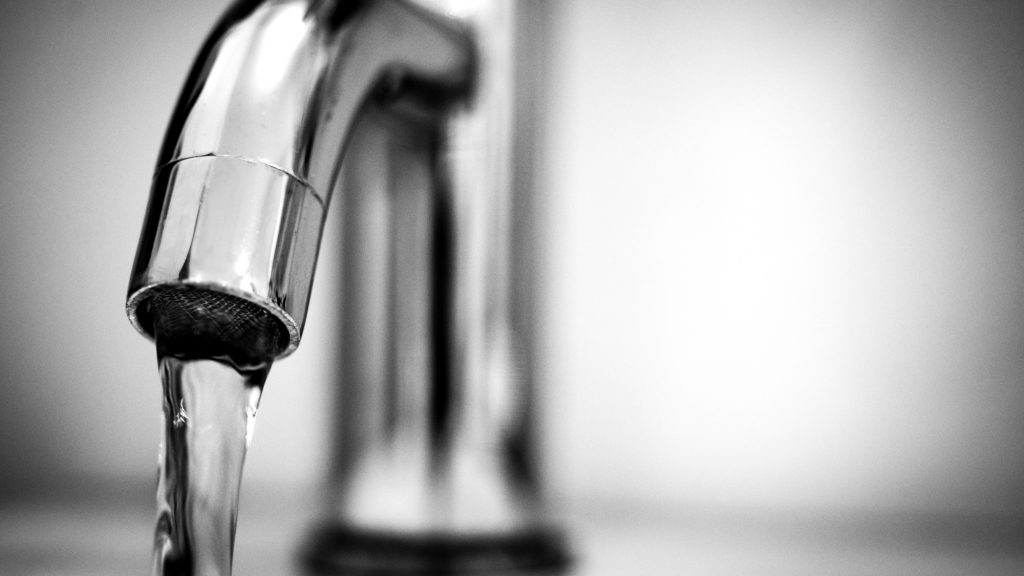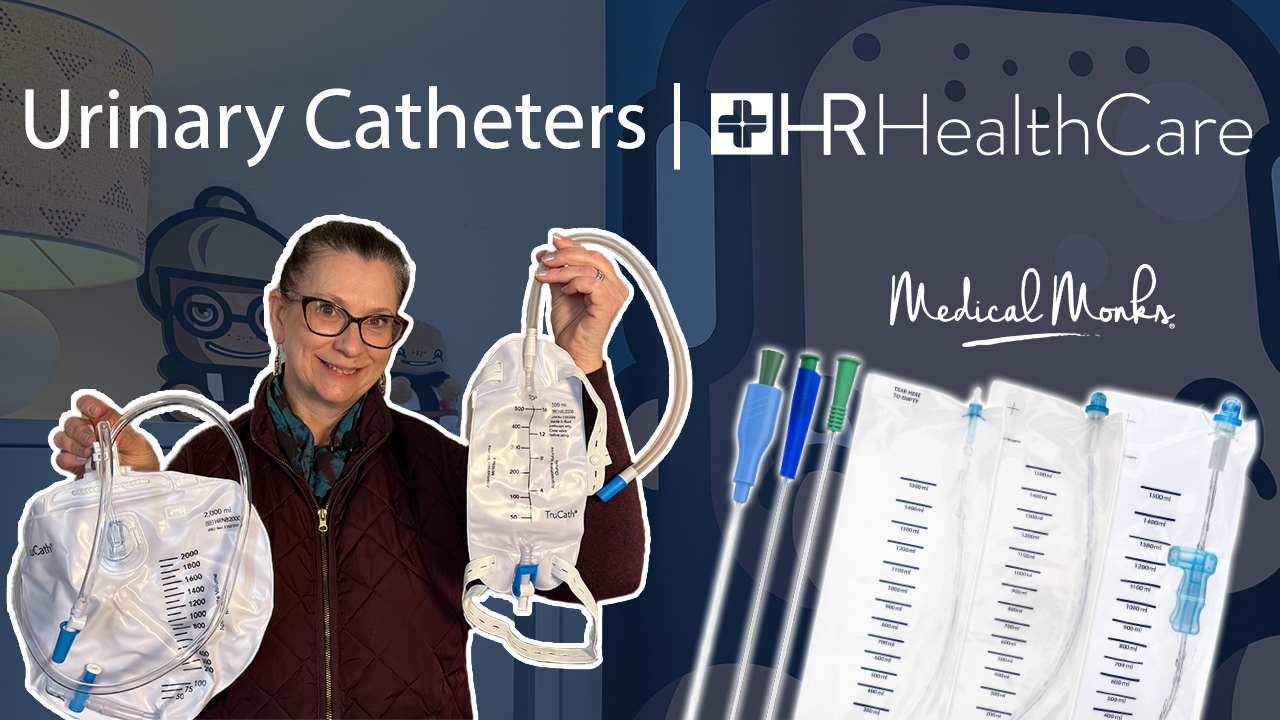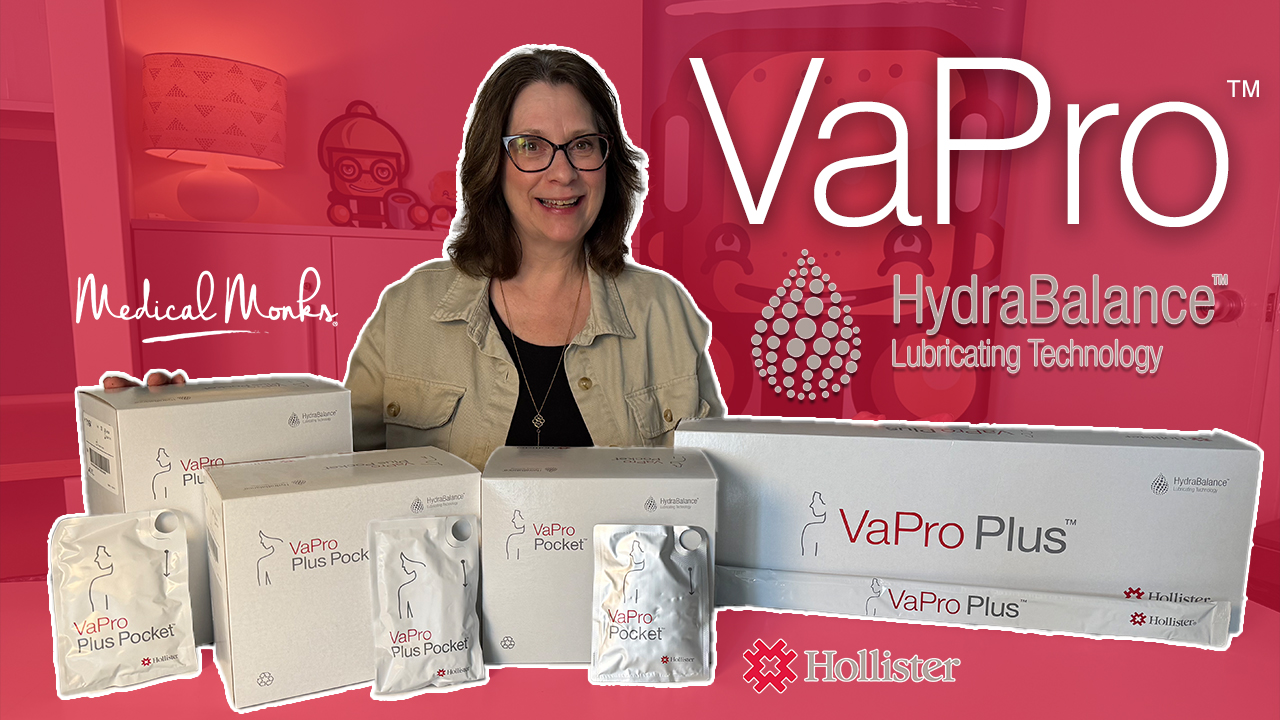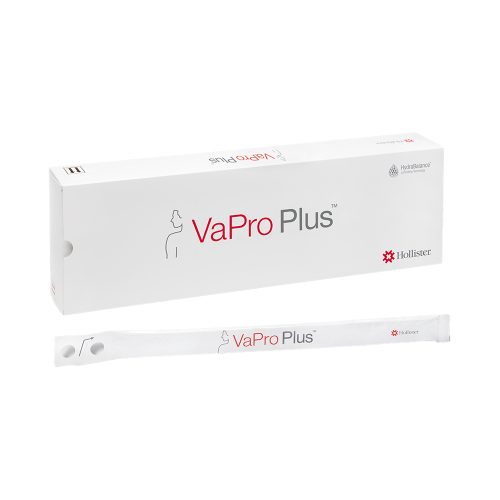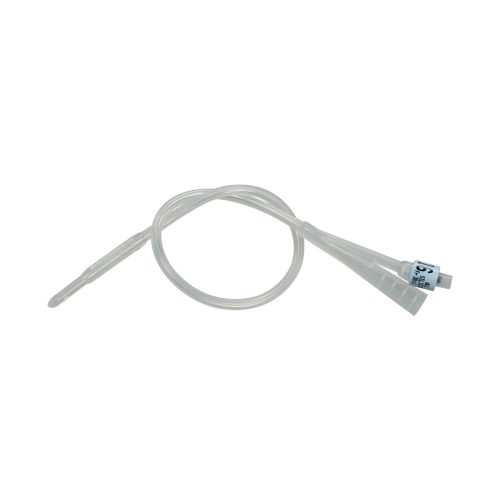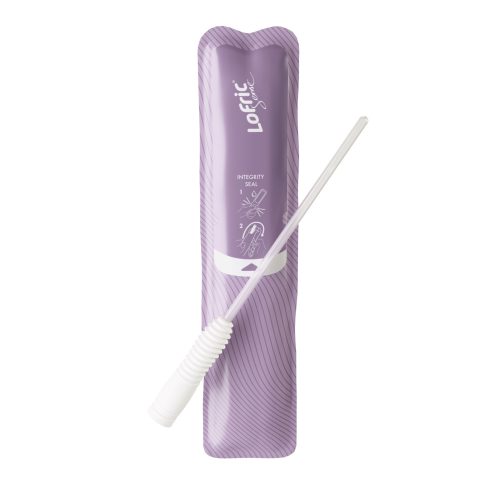Catheterization may be necessary for patients living with certain urinary conditions. However, urinary catheters pose a handful of risks, including urinary tract infections (UTIs) and damage through insertion or removal. As a result, multiple types of intermittent catheters provide a solution: non-lubricated catheters, which need to have a lubricant applied manually; pre-lubricated catheters, which are coated with a gel-like substance; and hydrophilic catheters, a type of self-lubricating catheter with a polymer coating.
Explore the differences among the catheter types, including pros and cons for each:
Non-Lubricated Intermittent Catheters
Non-lubricated intermittent catheters offer an economical solution for patients. However, those considering this self-catheterization solution are advised to think about the following:
- Non-lubricated catheters should never be inserted without adding lubrication. A lubricant like Surgilube® must be applied first to lessen friction and decrease potential urethral damage.
- However, this step can increase the risk of bacteria and other microorganisms coming in contact with equipment, which elevates the chances of developing a UTI.
- To lessen urethral damage risks during insertion and removal, patients are advised to seek out non-lubricated catheters with self-polished eyelets.
- Any lubricant used with your intermittent catheter must be a sterile, bacteriostatic solution intended specifically for this application.
Lubricated Catheters
In general, lubricated intermittent catheters offer improved insertion and removal, generate minimal mess and tend to be ideal for those self-catheterizing away from home. There are two main types:
Pre-Lubricated Catheters
Ready for use right from the package with minimal preparation, pre-lubricated catheters are coated with a gel-based, water-free solution. This design:
- Delivers more comfortable, streamlined self-catheterization. You touch the catheter less, which means fewer opportunities for microorganisms to end up on equipment. This, in turn, lessens the risk of developing a UTI.
- Reduces what you need to carry around to self-catheterize, as a separate lubricant isn’t needed. These single-use urinary catheters are ideal for performing this procedure away from home.
However, pre-lubricated catheters aren’t an entirely closed, touch-free system, and some handling is often required. This factor results in some risk for developing a UTI.
Hydrophilic Catheters
Hydrophilic catheters are a self-lubricating solution. With a name translating to “water loving,” these intermittent catheters feature a polymer coating over the surface. Coming in contact with water creates a more lubricating, lower-friction surface that improves insertion. To do this, these urinary catheters include a sterile water solution that must be applied before insertion, or some have the water-based solution already coating the surface.
This type of intermittent catheter:
- Offers even lubrication.
- Stays lubricated during insertion and removal, which improves comfort and decreases risks of urethral damage and infection.
- Tends to be ideal for patients who experience pain when using other intermittent self-catheterization methods.
- Better accommodates those who have to self-catheterize multiple times per day, as less friction is involved. This further reduces injury and infection risks like UTIs.
- Also requires fewer supplies, making them ideal for self-catheterization away from home.
- Provides a more hygienic pre-lubricated self-catheterization solution, as the user never has to touch the equipment. This further reduces UTI risks from germs and other microorganisms.
How to Correctly Insert an Intermittent Catheter
Intermittent catheters are inserted at least once per day, if not multiple times per day, to aid patients with draining their bladder. This process eliminates the need to wear a collection bag and helps patients better manage urinary incontinence.
Never attempt to insert an intermittent catheter without first receiving instruction from a medical professional.
The process entails inserting the catheter, draining your bladder and only removing it once urine no longer flows through the tube. The catheter empties into the toilet or collection bag.
Regardless of the type of intermittent catheter used:
- You’re advised to first attempt to urinate on your own.
- Then, you’ll clean your hands with soap and water before doing the same for the perineal region. Specialty products, such as SureStep Care Wipes may be used for this purpose as well.
- After, follow the directions to remove the catheter from its packaging, which may include grips or a sleeve to eliminate any direct contact. If not, use sterile gloves.
- Early on, use a mirror to identify the urethral opening.
- Insert the catheter into the urethra while holding one end over the toilet.
- Urine will start to flow out once the catheter reaches the bladder. You’ll want to insert the cath an additional 1-2 inches after the flow begins.
- At this point, you can hold the catheter in place as you wait for the bladder to empty.
- Once the urine flow stops, gently and gradually remove the catheter.
- Dispose of the catheter. After, wash your hands.
Sources:
https://www.exmed.net/pre-lubricated-catheters-vs-hydrophilic-catheters
https://catheteruniversity.com/catheter-types/pre-lubricated-catheters/
https://www.byramhealthcare.com/blogs/what-are-hydrophilic-catheters
https://www.carewell.com/resources/blog/choosing-the-best-catheter/
https://www.nhs.uk/conditions/urinary-catheters/types/
https://www.180medical.com/blog/the-full-guide-to-no-touch-catheters/
https://my.clevelandclinic.org/health/treatments/15434-clean-intermittent-catheterization
